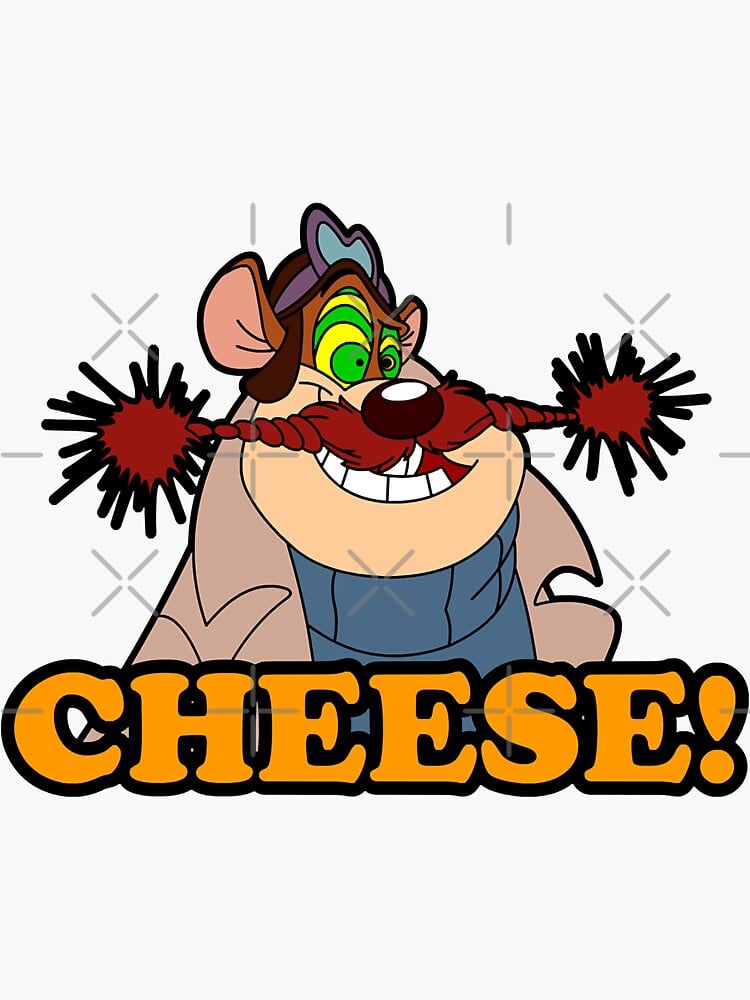The crews of both ships were marooned.
But blue and red makes purple.
I just checked the hex code of maroon and apparently it has literally no blue or green in it, it’s just dark red
To be fair how colors mix with light vs paints are completely different. With light, maroon is made by combining mostly red with a small amount of blue and reducing brightness—since additive mixing can’t produce true dark tones, it relies on dimming. With paint, maroon is created by mixing red with a bit of blue or black, which absorbs more light, naturally producing the dark, muted red. So in light, maroon is a dim, cool red; in paint, it’s a red with absorbed brightness and added depth.
This person colour theory-s.
computers use additive color, pigments use subtractive color.
Oh, duh. Sorry , it was late when I posted that
acxtuaallly… in automotive class paints there are a great many factors involved. In old skool candies, they are all dyes and everything turns to baby diaper brown when mixed. The opacity has a lot of impact on how colors will mix. Red can be very odd at times, especially the more they edge towards blue. There are a few dozen reds and blues in a full mixing system for automotive paints. There are many that will act very unintuitive when mixed. Like it may look red, but it actually has a lot of white, with concentrated yellow and has some small amount of a brown that ends up red… but this is a mixing base paint and not something mixed manually. I used to think of all of my mixing paints in this kind of heuristic breakdown of how they act when diluted or mixed with other colors. There are many maroons or magentas that mix reds and blues. Even white is almost always yellow or blue and occasionally red. Pure white is very very rare. There is even an ultra bright white that is even brighter than the base white tone using UV trickery and a small amount of blue-violet. Not that anyone should care
Colours be weird. My friend lost an ear in a car accident. He watched them mix the colours for a false ear and was surprised how much blue went into a skin tone.
Now do red and yellow
No.
Orange you glad they didn’t do red and yellow?
Leave.
Fuck! Did I crash the ships again…
The fact that you don’t know makes me concerned for the safety of your next vessel





